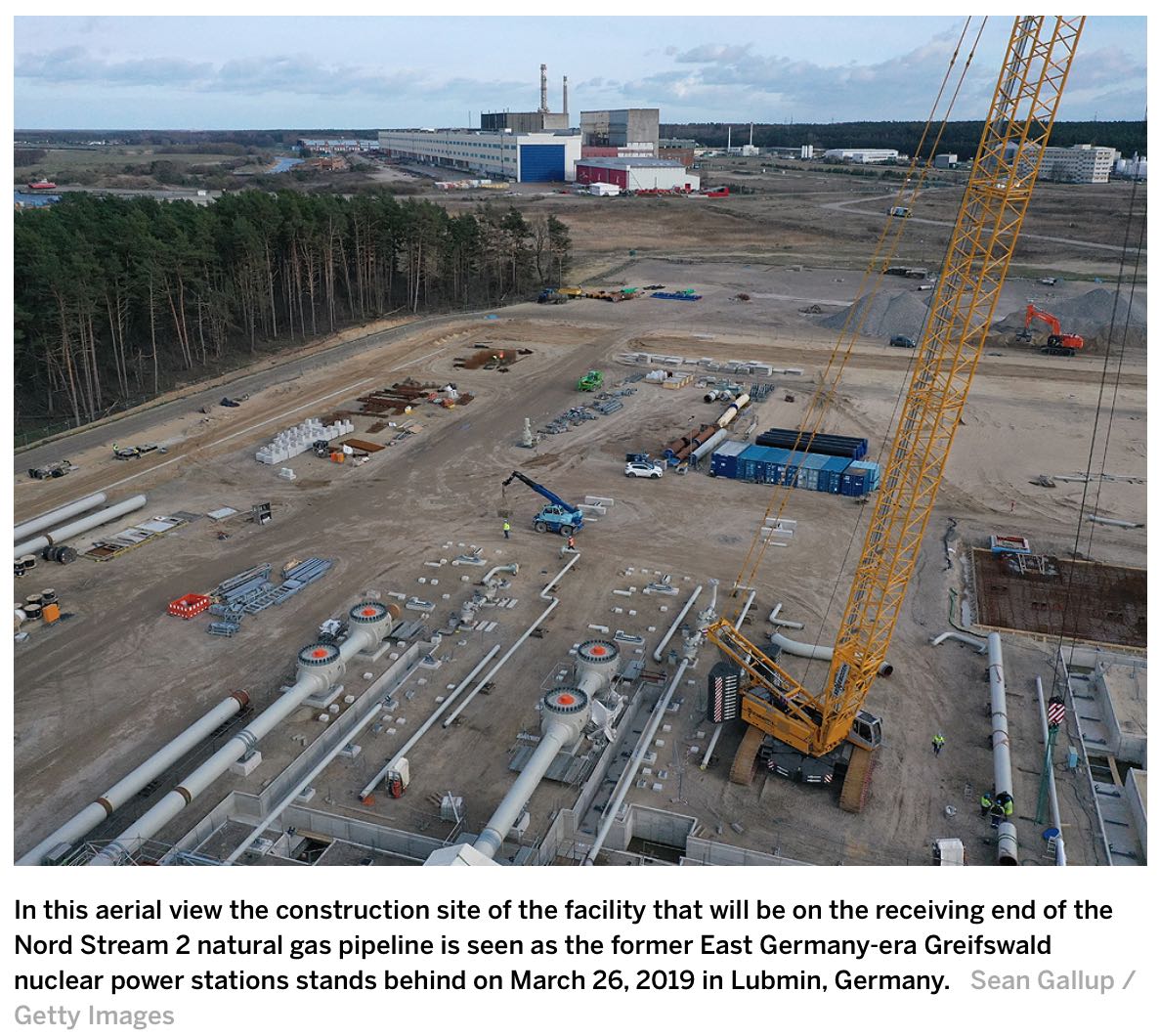Plans for a second pipeline took a major step forward recently, when Denmark removed final barriers to completing Nord Stream 2, which will double Russia’s gas exports along this route.
Energy security analyst Mikhail Korchemkin warns this project will make Europe “more vulnerable to supply outages, whether caused by disaster or by Putin’s whims.”
With Nord Stream 2, Russia will consolidate much of its gas exports directly to Germany, making European energy supplies dependent on Russia-German relations. Putin could quickly and significantly cut its natural gas exports on this one route alone. And, by reducing land-based gas exports, Putin will further isolate transit countries like Ukraine and Poland from Europe.
According to a recent EU gas market report, European gas imports totalled 90 billion euros in 2018, of which nearly half was delivered by Russian supplier Gazprom. This portion seems destined to grow.
With strategic investments in domestic energy infrastructure — among them, an East Coast LNG liquefaction terminal — Canada could become a key player in helping Europe secure energy supplies, while opening the door to a large market for Alberta energy.
Canada’s Baltic NATO allies are particularly vulnerable, given Putin’s attitude towards them, his willingness to use gas as leverage, and their extensive reliance on Russian natural gas.
In an online interview, Estonia’s former minister of economic affairs and infrastructure, Kristen Michal, told me that “diversification of Estonia’s energy supplies is important to both our economy and national security, and I think that LNG supplied by our NATO partner, Canada, would be a very welcome new option in this market.”
Questions about how to deliver Alberta’s energy to market remain hotly debated in Canada. A mixture of environmental, political and economic concerns caused TC Energy (TransCanada) to terminate the Energy East pipeline.
Yet TC Energy’s Canadian Mainline continues to operate as a gas pipeline and the company is moving forward with efforts to use existing pipelines to carry Western Canadian gas to Eastern Canada. Pending approvals, the system would be in service within 24 months.
While no Eastern Canadian terminals yet exist that can liquefy the gas which is required for it to be loaded onto specialized LNG tankers bound for Europe, several LNG terminal projects are being developed in Quebec and Nova Scotia, with a few slated to become operational as soon as 2023.
As Alberta desperately seeks new markets for its energy resources and concerns about Western alienation grow, Europe’s dangerous reliance on Russian gas could offer opportunities for Canada. Both federal and provincial governments would be wise to facilitate the export of Canadian energy to Europe.
Read original article here: KOLGA: Exporting Canadian energy is also good for Europe




